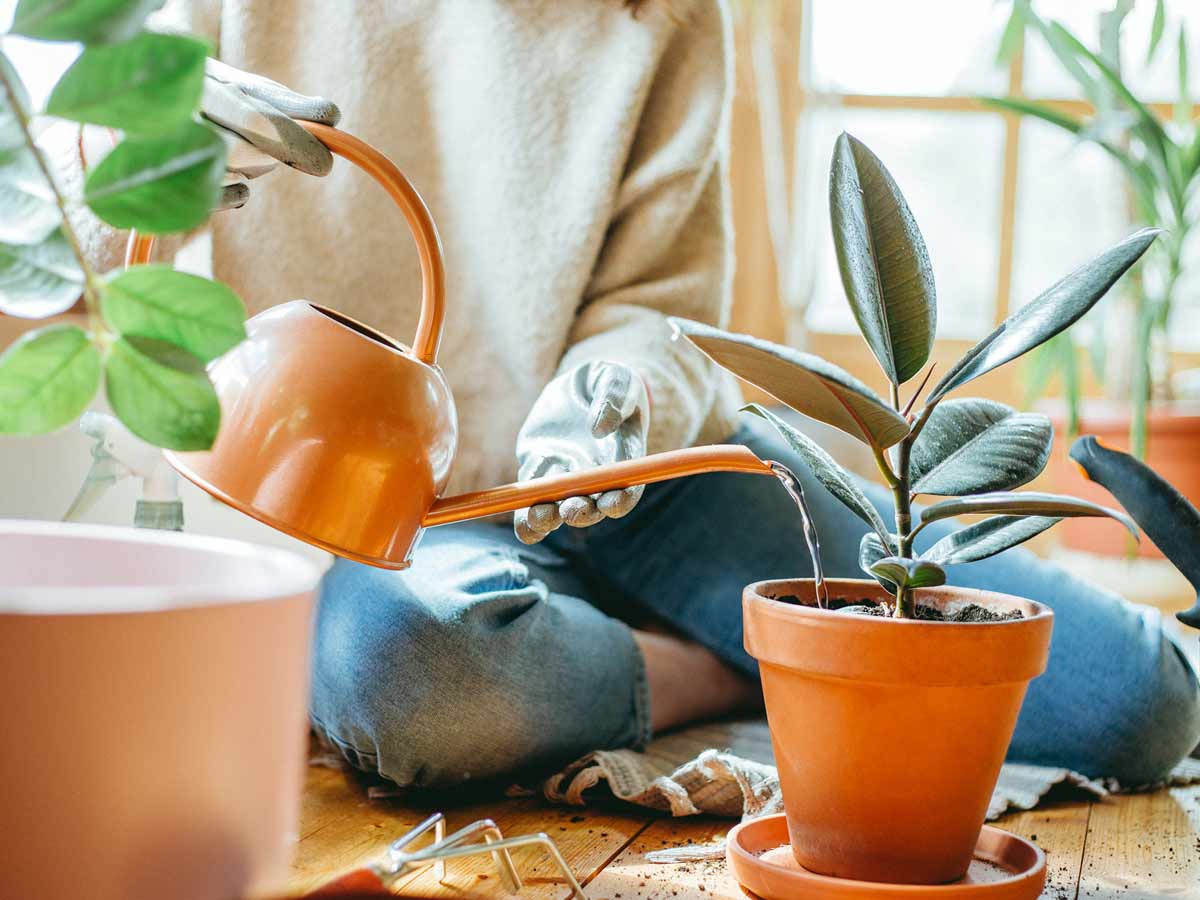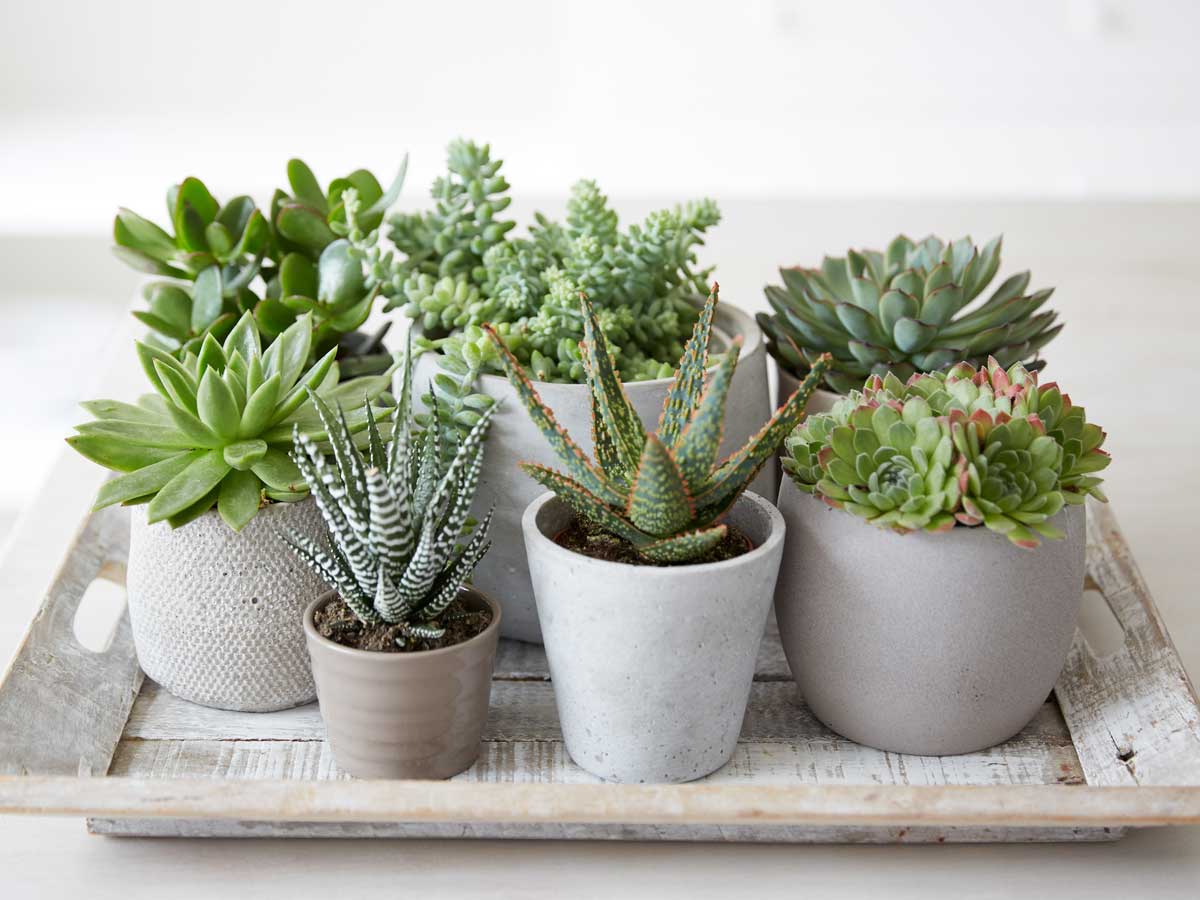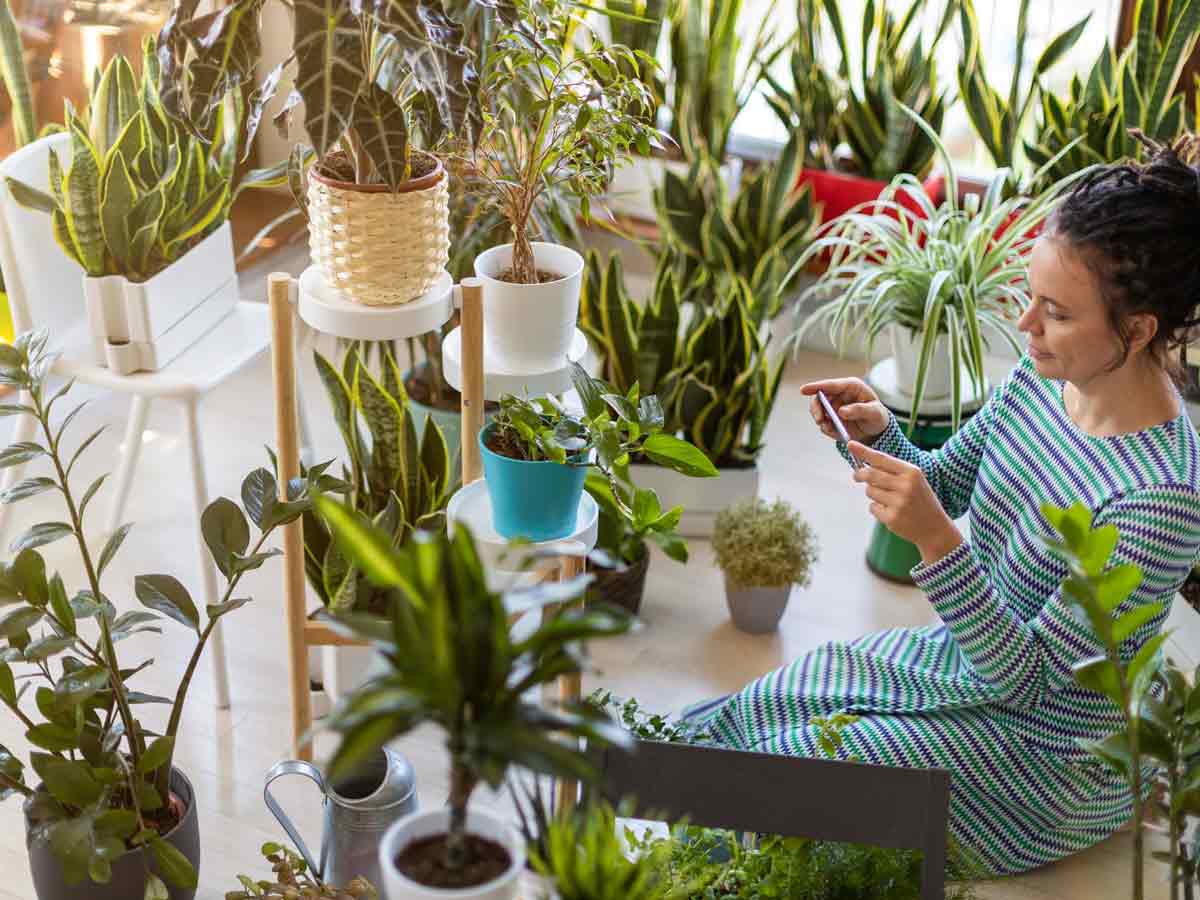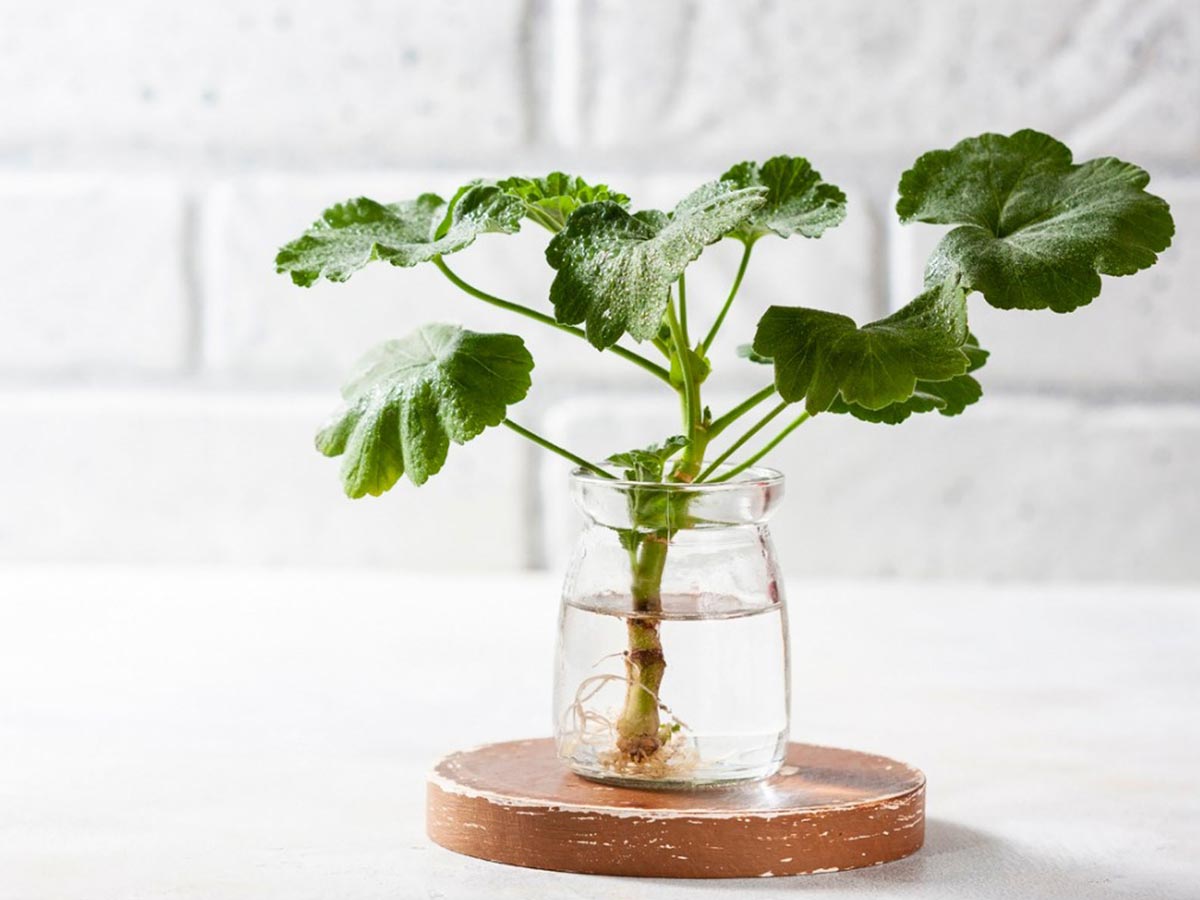A person needs to have at least one hobby they love, and if you always have work to do but want peace and tranquility, indoor planting is a step forward!
Indoor plants are generally produced for decorative purposes in places such as homes and workplaces. They are very versatile in nature and require little to moderate care and come in a wide variety of shapes and sizes, depending on a person’s preferences. Indoor plants are also known to be effective mood boosters and act as air purifiers as well.
Since Indoor plants can be a great asset to one’s home and lifestyle, lets us now look at some guidelines on taking care of Indoor plants!
1)Watering the plants

Depending on how they’re grown and seasonal changes in plant growth, all houseplants have slightly different watering requirements. In general, you can water plants grown in well-drained soil in a suitable container with a drainage hole when the top 1/2 inches of the soil starts to feel dry. Flowering plants, on the other hand, need significantly more water than cacti and succulents. Maintain moist but not wet potting soil. If your soil is too dry or too wet, it can damage the plant’s roots and prevent it from growing.
It is crucial to remember that one of the most common causes of houseplant death is overwatering. It leads to ‘Root rot.’ So unless you are not sure how much water the plant currently needs, it is best to let the soil dry rather than overwatering it. Because Root rot is one plant disease that should be avoided at all costs. Consider making use of room temperature water as well. The best temperature for maintaining the water you use for your plants is 68°F or 20°C. This temperature can either be determined by using a thermometer or leaving the water out in the room after it has been poured into a container.
2)Proper drainage
Choosing a pot with good drainage helps the growth and health of a plant drastically. Since overwatering or under-watering your plant can harm or destroy it, the amount of drainage in the pot you’re holding it in is critical. You should make sure that your pot has drainage holes at the bottom for the excess water to pour out of. Materials such as plastic, metal, and glass absorb far less water than ceramic or clay, so it is preferable to keep either of the latter options. For indoor plants, it is also good to ensure that the bottom of the pot is lifted to remove water. Also, please avoid cachepots because water tends to accumulate and kill your plant if you use a cachepot that usually has no holes.
3)Periodic fertilisation
To live, house plants need nutrients from potting soils and fertilizers. There is no simple rule for determining how much fertilizer to apply. It is determined by the plant’s growth rate and age, and time of year. The plant will ultimately die if you don’t repot the plant or apply new nutrients to the soil. Hence, spring and summer seasons are the best times to fertilize houseplants since they go through a growth spurt during this time. Still, you can skip the fertilizers during fall and winter.
The 10-10-10 method is one of the most effective fertilizing methods. It includes a mixture of Nitrogen, phosphorus, and potassium; they are mixed in a balanced ratio of 10 to 10, hence the name. If you prefer indoor flowering plants, it is advisable to buy high potassium fertilizer. If you have a foliage plant, you should use a nitrogen-rich fertilizer or potting soil. Micronutrients are also often needed by plants, which must be replenished by adding potting soil or fertilizer from time to time.
Fertilizing via the Vermicompost method is also an ideal and sustainable way to provide your plants with nutrients. It is very important to remember not to include leftover tea leaves or tea bags in your Vermicompost pit as it can be toxic for the plant.
4)Pruning the indoor plants

Pruning involves the selective removal of sections of a plant, such as leaves, buds, or roots. It is an arboricultural and silvicultural activity and helps maintain the lushness of the indoor plant. Since different plants need different amounts of pruning at different times, it’s important to research how much you should prune your plant. An unpruned plant can grow out of control, and the roots of a plant can outgrow its pot or vase. Pruning your plant regularly will keep it healthy and will save you from having to replant it as well.
It is also important to remove any dead branches or stems that may attract insects. You can prune at any time of year, but after a summer of development, the fall is a natural time to use your pruning scissors. The main reasons for indoor pruning plants are improving their appearance and preventing them from growing too large. Cutting overgrown houseplants back to 4 to 6 inches tall helps rejuvenate them. This technique supports new growth in trailing plants, and indoor plant enthusiasts believe that pruning at a 45° angle above a leaf node is the best angle to promote a fuller, more robust plant.
Also Read, 8 Plants That Produce Oxygen Even At Night
5)Plant propagation
Propagation of plants refers to how new plants/saplings are obtained via seeds, cuttings, and other parts of the plant. Indoor plants can be propagated in three ways- dividing (dividing an already growing plant into two), rooting a leaf (typically done with succulents) or rooting a cutting (a small stem with leaves). A leaf-cutting is generally used to propagate the plant parts in soil, and a leaf stem is used to create a whole new plant in water like the Devil’s ivy or Golden pothos. Propagation is a necessity for houseplants like Pilea Peperomioides. Since their “pups” (saplings) grow around their stems, it tends to get overcrowded, and lack of nutrition occurs; this can be solved via propagating the pups into new pots.
6)Repotting
Imagine being stuck in a small room where you keep growing, but there is little to no space at all to stretch out your body. You would obviously be very uncomfortable and feel suffocated; this is exactly how a plant that doesn’t go through the process of repotting feels. Plants need to be repotted occasionally for them to grow healthy. With more space and new nutrient-rich potting mixtures added to each repotting venture, the process helps provide the plant with a more appropriate growing atmosphere. Spring and summer seasons are the best time to repot your plants.
7)Exposure to Sunlight

Choose a location in your home that receives sufficient sunlight because Photosynthesis only occurs when plants are exposed to sunlight. A plant’s growth is influenced by the quality, length, and intensity of light, so it is better to find out how much sunlight our plant may need. But suppose you don’t have enough time to research about every single houseplant you own. In that case, you can simply keep the plant out of direct sunlight and keep and place them in a well-lit room full of indirect light.
Fluorescent lights for certain plants can function as an alternative to sunlight. Some houseplants can survive just as easily without any proper source of sunlight, like- Dracaena, Philodendron, Bromeliad, etc. For other indoor plants, exposure to indirect sunlight for 7-9 hours is more than enough.


























